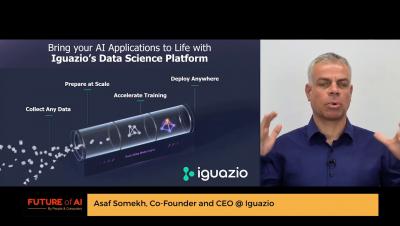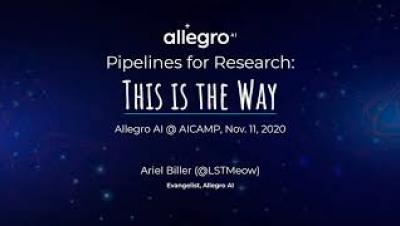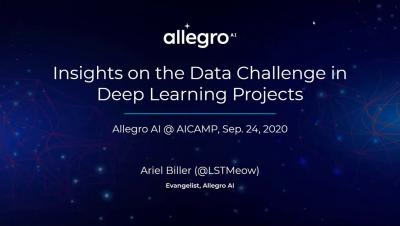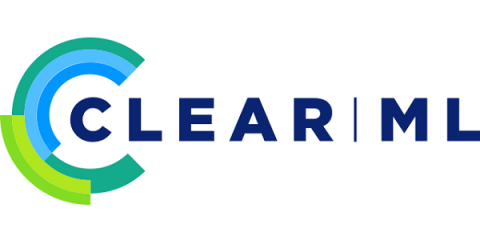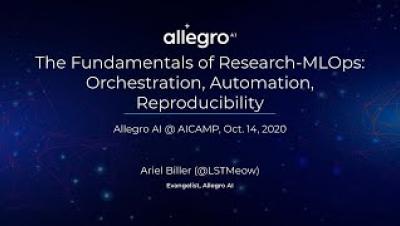Enabling The Full ML Lifecycle For Scaling AI Use Cases
When it comes to machine learning (ML) in the enterprise, there are many misconceptions about what it actually takes to effectively employ machine learning models and scale AI use cases. When many businesses start their journey into ML and AI, it’s common to place a lot of energy and focus on the coding and data science algorithms themselves.





